BACK
Fish Facts: A Guide to Salmon
By: Acme Smoked Fish

While some consumers may not be fully aware, there are many different varieties of salmon that offer different flavor profiles and characteristics. Let’s take a dive into a few of the varieties of salmon that every discerning seafood shopper should know.
Atlantic Salmon
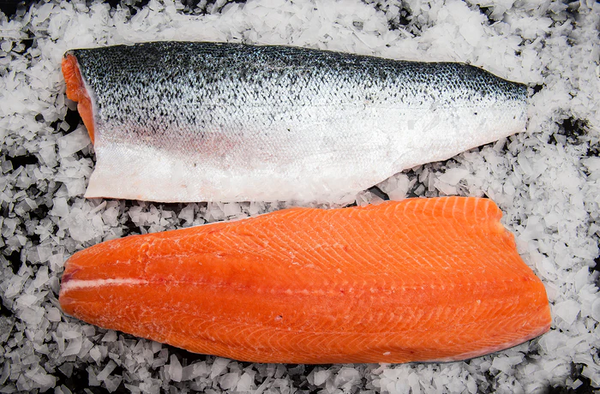
Atlantic salmon is likely to be the most familiar among salmon species to the majority of seafood consumers. While there are a wide variety of salmon species, Atlantic salmon makes up the vast majority of all farmed salmon. Atlantic salmon has a rich and buttery taste. This species is native to the North Atlantic and the rivers that flow into it, as well as the many inland fresh and brackish bodies of water connected to the Atlantic Ocean by these same rivers. As with most species of salmon, Atlantic salmon is an anadromous fish, capable of living in both fresh and saltwater. Atlantic salmon in the wild are now a protected species, so virtually all of the commercially available Atlantic salmon is farm-raised in either fresh or saltwater environments. As aquaculture science, as well as feeding and breeding techniques for salmon cultivation have improved over time, farm-raised Atlantic salmon now accounts for some of the most consistently delicious and nutritious salmon on the global market.
Coho Salmon
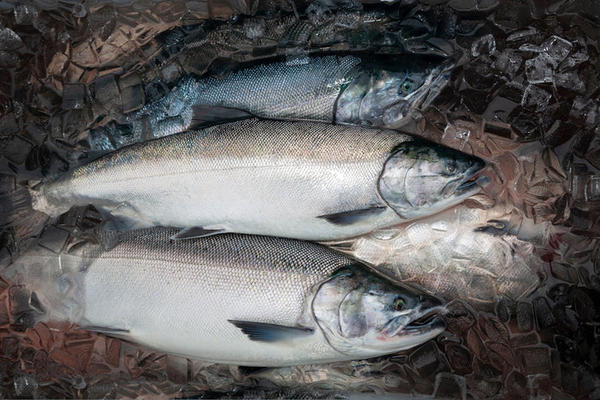
Next up we have Coho salmon, a species indigenous to the Pacific Ocean, with a native range from the northern coast of California up to Alaska in the eastern Pacific and from Japan to Northern Russia in the Western Pacific. Coho salmon, being anadromous, has been introduced to freshwater environments throughout the world. This adaptable salmon species has been farmed on a small scale by various aquaculture groups for a few years now. Coho tends to be leaner than Atlantic salmon and is known for its subtle flavor in comparison to other salmon species. Coho salmon is great for smoking whole or as fillets. Adult Coho salmon tend to range in size from 8-12 pounds.
Sockeye Salmon
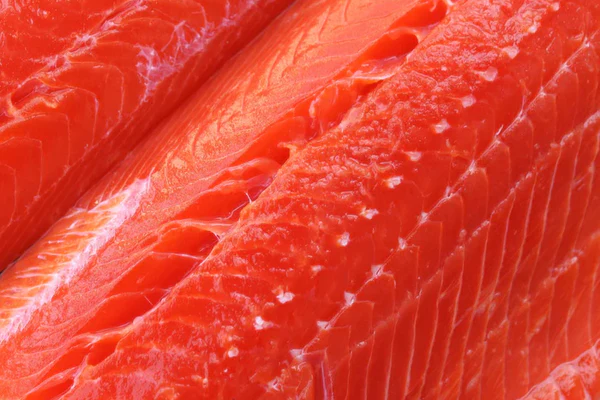
Sockeye salmon is prized for its deep red coloration and delightful salmon flavor which is accompanied by a pleasant minerality. Like coho, sockeye salmon is another salmon species native to the Pacific Ocean, although with a slightly smaller distribution. Sockeye salmon are typically found in coastal waters reaching from Oregon to Northwest Alaska. Sockeye salmon of spawning age can range in weight from 5-15 pounds but tend to be smaller than coho salmon on average. For those who love wild salmon, sockeye is frequently cited as a favorite species.
Keta Salmon
Keta salmon, also known as chum salmon, is the mildest in flavor of all of the salmon species on this list. Keta salmon is of an intermediate size between that of Coho and sockeye salmon. As one of the least expensive species of wild salmon, keta salmon has been increasing in popularity among fish smokers and consumers in recent years. Keta salmon is known for its low fat content, and fish harvested for meat are also often used for their roe. A good thing in our eyes, as we at Acme Smoked Fish are all about using as much of the animal as possible! Ikura, or salmon caviar, is often made from keta salmon eggs, so you may have already had this delicacy at your favorite sushi restaurant.
King Salmon
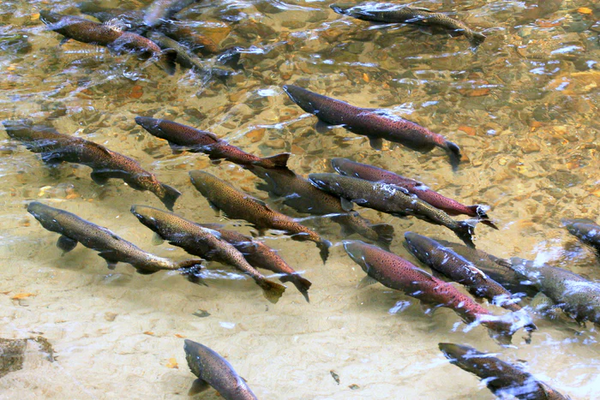
King salmon, also known as chinook salmon, is a highly prized species of wild salmon. King salmon are one of the largest species of wild salmon, with adult salmon of this species frequently reaching weights in excess of 50 pounds, and the largest ever caught weighing in at 126 pounds. Valued for its high fat content and rich flavor, king salmon is packed with omega-3 fatty acids, much like its farm-raised Atlantic salmon counterpart. Like the other wild salmon species on this list, king salmon is native to the Pacific Ocean. King salmon yield thick filets that are perfect for grilling or pan-searing, not to mention smoking. While Acme Smoked Fish doesn’t currently smoke king salmon in our smokehouses, due to high cost and tight supply, we love the taste of king salmon, so we say, “Smoke ‘em if you got ‘em!”
Steelhead (Salmon Trout)
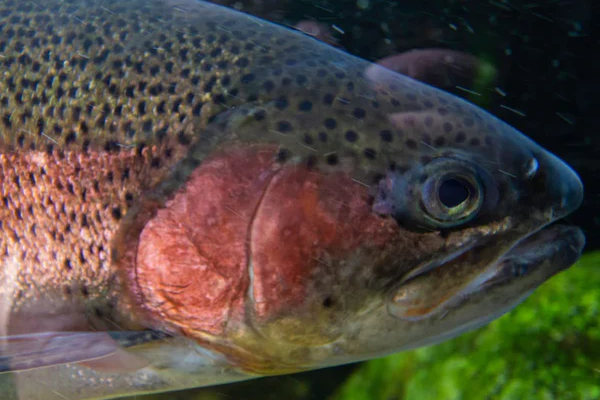
Last but not least, we arrive at steelhead. Steelhead actually isn’t a species of salmon per se but is a variety of coastal rainbow trout. While rainbow trout are typically observed to spend their entire lifecycle in freshwater lakes and rivers, steelhead (also known as ocean trout) spend different parts of their lifecycle in fresh and saltwater environments. This anadromous characteristic is one reason that led to their labeling as salmon in various markets. Steelhead are often farm-raised using similar aquaculture methods as Atlantic salmon, and the fillets of steelhead raised and harvested in this way often look very similar to that of Atlantic salmon. Steelhead typically range in weight from 10-20 pounds. While we don’t smoke steelhead at Acme Smoked Fish currently, keep on the lookout, because who knows what the future might bring!
When Choosing Smoked Salmon, Choose Acme Smoked Fish!
Interested in trying some of these delicious salmon varieties for yourself? Our team at Acme Smoked Fish is always busy finding new ways to bring smoked salmon to a store near you! Check out our Store Locator to find out where to buy Acme products in your local market or contact us and we would be more than happy to help in your search for delicious smoked salmon. If you are local to Brooklyn, come by our Fish Friday retail experience and check us out and say “Hello”. We look forward to assisting you with all of your smoked salmon needs!